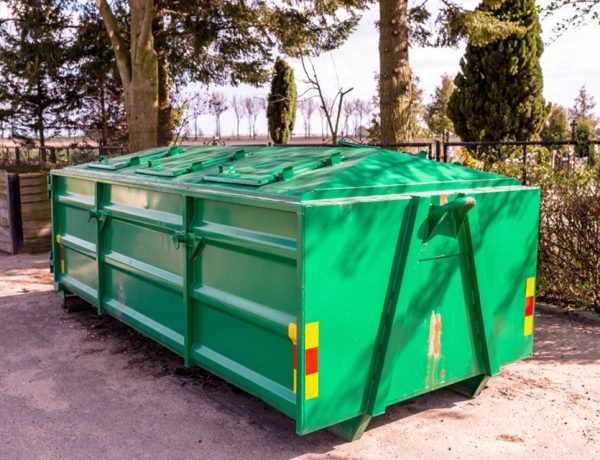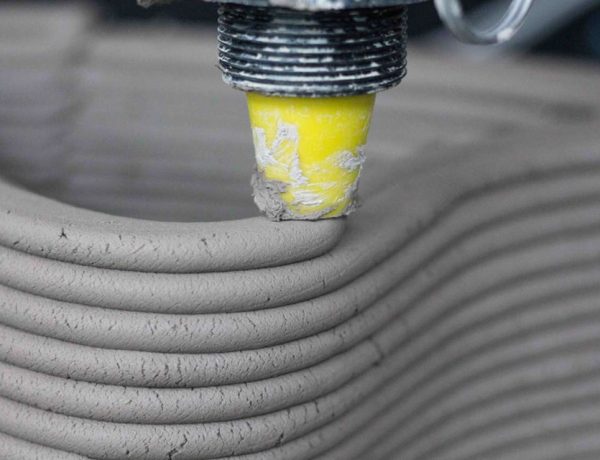Table of Contents
Yamhill County stands as Oregon’s premier wine-producing region, home to over 700 vineyards across its diverse landscape of rolling hills and fertile valleys. Expert excavation teams throughout Oregon understand that preparing agricultural land for vineyard development demands specialized knowledge far beyond standard construction site work. The unique terrain challenges, regulatory requirements, and agricultural considerations in this renowned wine region require a distinct approach to land clearing and site development.
The success of any vineyard or agricultural project begins long before the first vine goes into the ground. Proper land preparation protects valuable topsoil, manages complex drainage patterns, and creates the foundation for decades of agricultural productivity. Understanding how to work with Yamhill County’s distinctive characteristics can mean the difference between a thriving operation and years of costly corrections.
Understanding Yamhill County’s Agricultural Terrain
Yamhill County presents a complex tapestry of geological conditions that directly impact land clearing strategies. The region’s sedimentary soils in the valley floors transition to volcanic and marine sediments on the hillsides, each requiring different approaches during site preparation. These soil variations affect everything from equipment selection to drainage planning, making local expertise invaluable for project success.
The county’s rolling topography creates natural drainage patterns that must be carefully preserved during clearing operations. Native oak groves, Douglas fir stands, and dense brush communities have evolved to work with these water flows over centuries. Disrupting these patterns without proper planning can lead to erosion problems that persist long after development is complete.
Oregon’s strong farmland protection policies add another layer of complexity to agricultural land development. These regulations, established in 1973, protect agricultural productivity while allowing necessary improvements. Working within these guidelines requires understanding both the agricultural vision and regulatory framework that governs land use changes.
Seasonal timing becomes particularly important in Yamhill County’s Mediterranean climate. Summer’s dry conditions provide ideal windows for land clearing operations, while winter rains can make steep slopes impassable and increase erosion risks. Experienced contractors know to align their work schedules with these natural patterns, protecting both the project and surrounding environment.
Specialized Clearing Techniques For Agricultural Land
Agricultural land clearing differs fundamentally from construction site preparation. Where construction projects may accept some soil disruption, agricultural operations depend on preserving soil structure and biological activity for long-term productivity. This requires selective clearing methods that remove unwanted vegetation while maintaining soil health.
Cut and grind techniques have become the preferred method for vineyard land clearing throughout Oregon. This approach removes surface vegetation and roots without the deep soil disturbance associated with bulldozing methods. The technique preserves soil layers and beneficial organisms while creating clean planting surfaces.
Stump shear technology represents another advancement in agricultural land clearing. This method splits stumps cleanly, leaving fewer roots in the ground compared to traditional removal methods. The clean separation makes subsequent burning or grinding more efficient while reducing the risk of regrowth from remaining root systems.
Slope management becomes particularly important on Yamhill County’s hillside sites. Contour clearing follows natural elevation lines to prevent erosion and preserve drainage patterns. This technique may require more time than straight-line clearing, but it protects the long-term viability of steep vineyard sites.
Strategic vegetation retention plays a key role in agricultural clearing projects. Mature trees positioned for wind protection, erosion control, or wildlife habitat can be preserved with careful planning. The Dirt Guys Excavating has developed techniques for working around these features, maintaining their benefits while creating productive agricultural space.
Agricultural Grading & Infrastructure Development
Vineyard sites require precise grading that differs significantly from typical construction projects. Row orientation must align with prevailing winds, sun exposure, and drainage patterns to optimize grape production. This requires understanding agricultural science alongside excavation expertise.
Drainage patterns receive particular attention during agricultural grading. Unlike construction sites that route water away quickly, vineyard sites need controlled drainage that prevents erosion while managing moisture levels for optimal vine health. This often involves creating subtle grade changes that guide water flow without creating channels or low spots.
Access road development for agricultural sites balances multiple needs. Roads must accommodate harvest equipment during busy seasons while minimizing their impact on productive land. Proper base preparation and drainage prevent these access routes from becoming maintenance problems during wet seasons.
Infrastructure planning for agricultural sites extends beyond basic utilities. Irrigation system installation requires coordinating trenching with overall site grading. Power line access for pumps and processing facilities must be planned during initial site development to avoid disrupting established plantings later.
Working with agricultural consultants during the grading phase helps optimize site preparation for specific crops and farming methods. This collaboration ensures that excavation work supports the agricultural vision rather than creating constraints that limit future productivity.
Equipment Selection & Environmental Considerations
Agricultural land clearing demands equipment specifically chosen to minimize soil damage. Low ground pressure machines distribute weight more evenly, reducing soil compaction that can persist for years after clearing is complete. This consideration becomes particularly important on sites with clay soils or high moisture content.
Forestry mulchers have become valuable tools for brush and small tree removal in agricultural settings. These machines can process vegetation in place, creating beneficial mulch while avoiding the soil disturbance associated with traditional clearing methods. The resulting mulch helps prevent erosion and adds organic matter to the soil.
Phased clearing approaches allow projects to proceed in sections, maintaining soil stability while accommodating weather conditions and project timelines. This method particularly benefits large sites where completing all clearing work in a short window might compromise soil protection or create logistical challenges.
Environmental stewardship considerations influence every aspect of agricultural land clearing. Stream buffer maintenance protects water quality while complying with environmental regulations. Native habitat preservation where possible maintains biodiversity and can provide beneficial insect habitat for agricultural operations.
Navigating Common Challenges
Rocky outcroppings appear frequently throughout Yamhill County’s hillside sites. These geological features require specialized equipment and techniques for removal or incorporation into site design. Experienced contractors can evaluate whether rock removal or design modifications provide the most cost-effective approach.
Steep slope access presents ongoing challenges for equipment operation and material transport. Safety considerations become paramount when working on grades that approach equipment limitations. Proper equipment selection and operator experience make the difference between efficient operations and costly delays.
Existing infrastructure conflicts often arise during agricultural land clearing. Old fence lines, abandoned irrigation systems, or utility lines may not appear on property surveys but can create significant obstacles during clearing operations. Thorough site investigation before work begins helps identify these potential issues.
Weather dependency affects agricultural clearing projects more than many other excavation types. Soil protection concerns mean that operations may need to stop during wet conditions, even when the work could technically continue. Building flexibility into project schedules accommodates these interruptions without compromising deadlines.
Professional Expertise For Agricultural Success
Agricultural land clearing requires understanding both excavation techniques and farming practices. This dual expertise helps contractors make decisions that support long-term agricultural productivity rather than simply completing clearing tasks. Twenty years of experience working throughout Yamhill County provides perspective on what works best in different soil types and terrain conditions.
Coordination with agricultural consultants, soil specialists, and county inspectors requires communication skills alongside technical expertise. Projects proceed most smoothly when all parties understand the agricultural vision and regulatory requirements from the beginning.
Custom approaches for unique site conditions distinguish professional agricultural contractors from those focused primarily on construction work. Each vineyard site presents distinct challenges that benefit from creative problem-solving and agricultural knowledge.
The investment in proper land clearing pays dividends for decades in agricultural operations. Sites prepared with agricultural expertise require fewer corrections, support better crop yields, and maintain their productivity longer than those cleared with construction-focused methods. For vineyard developers and agricultural operations throughout Yamhill County, partnering with experienced local contractors who understand both excavation and agriculture provides the foundation for long-term success.





No Comments